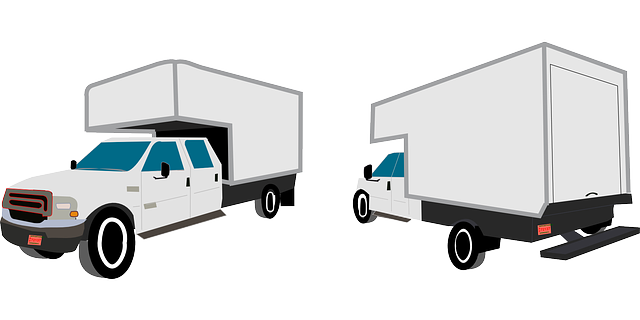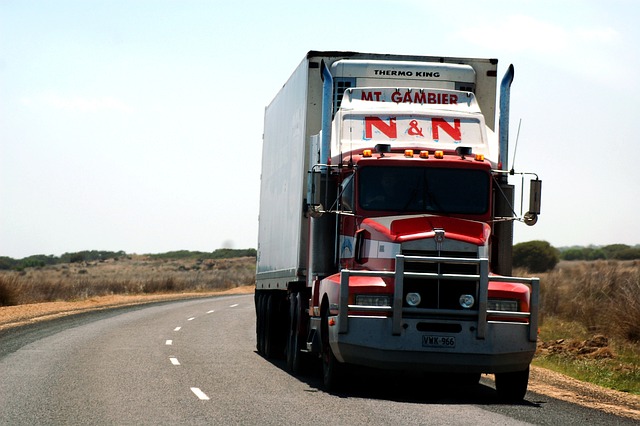The integration of personal and commercial driving presents unique risks, with varying road conditions, driver behaviors, and unforeseen circumstances potentially leading to accidents or damage. Traditional insurance often fails to adequately address these hybrid risks, leaving drivers vulnerable. Tailored liability coverage is crucial for protecting drivers using commercial vehicles for personal trips, offering comprehensive protection and mitigating financial strain and legal consequences in case of an accident. Companies must implement proactive measures such as risk assessments, driver training, safety audits, clear policies, and tailored liability coverage to ensure driver safety and reduce their legal exposure under strict liability laws.
In today’s dynamic world, many drivers utilize their commercial vehicles for personal purposes, blurring the lines between business and leisure. This practice, while common, poses unique risks that demand attention. This article explores the critical aspects of safeguarding drivers during such dual-use scenarios, focusing on tailored liability coverage as a cornerstone solution. We delve into understanding the inherent dangers, discussing legal obligations, and providing best practices to ensure safety and mitigate potential liabilities.
Understanding the Risks: When Personal and Commercial Mixing

When personal and commercial mixing occurs, drivers often face unique risks that extend beyond traditional driving scenarios. Using a commercial vehicle for personal purposes introduces new variables such as varying road conditions, different driver behaviors, and unexpected situations that can lead to accidents or damages. For instance, a trip to the store after work might involve navigating through heavy traffic or unfamiliar neighborhoods, increasing the likelihood of incidents that could impact both personal and professional reputations and financial stability.
This is where tailored liability coverage becomes crucial. Commercial vehicle owners and drivers must assess their specific needs and consider insurance policies that address personal use scenarios. Such coverage ensures that in the event of an accident during mixed-use situations, drivers are protected with comprehensive liability measures, shielding them from potentially hefty out-of-pocket expenses and legal repercussions.
The Need for Tailored Liability Coverage

In the realm of personal vehicle usage for commercial purposes, a unique challenge arises: ensuring adequate protection for drivers who juggle both personal and professional risks. As more individuals use their cars for work-related tasks, such as deliveries or errands, the need for tailored liability coverage becomes increasingly evident. Traditional insurance policies often fall short in addressing the specific hazards associated with these hybrid scenarios, leaving drivers potentially exposed to significant financial vulnerabilities.
The demand for customized solutions prompts a reevaluation of liability coverage. Tailored liability coverage specifically addresses the gaps in conventional policies by offering protection that aligns with the unique responsibilities and risks encountered during personal use of commercial vehicles. This proactive approach not only safeguards drivers but also fosters a culture of safety and accountability, ensuring that those navigating both personal and professional landscapes are adequately shielded against potential liabilities.
Ensuring Driver Safety: Best Practices

Ensuring driver safety while using commercial vehicles for personal purposes is paramount. Employers should initiate comprehensive risk assessment protocols to identify potential hazards and implement tailored liability coverage, offering protection against unforeseen incidents. This includes mandatory driver training programs that educate on defensive driving techniques, emergency response procedures, and vehicle maintenance checks.
Regular safety audits of both vehicles and driving practices are essential. Establishing clear policies regarding personal use, including usage limitations and guidelines, can mitigate risks. Encouraging drivers to report any concerns or unsafe conditions promptly and ensuring regular medical examinations for all personnel operating commercial vehicles contribute to a proactive approach to driver safety.
Legal Implications and Compliance Strategies

When personal use of commercial vehicles occurs, companies face complex legal landscapes regarding driver protection and liability. In many jurisdictions, employers are held strictly liable for accidents involving employee drivers during work-related tasks, even when the driver is using the vehicle for non-work purposes. This stringent liability underscores the importance of implementing robust safety measures and tailored liability coverage to mitigate risks.
Compliance strategies should encompass a multifaceted approach. First, companies must ensure drivers are adequately trained in both commercial driving practices and safe personal use procedures. Additionally, establishing clear policies governing personal use, including designated vehicle usage logs and regular inspections, can fortify defenses against potential legal claims. Tailored liability coverage, distinct from standard business insurance, plays a pivotal role in protecting businesses from financial repercussions arising from driver negligence during personal trips.
Protecting drivers during personal use of commercial vehicles requires a multifaceted approach. By understanding the unique risks that arise from this practice, implementing tailored liability coverage, prioritizing driver safety through best practices, and navigating legal implications, businesses can ensure their drivers’ well-being while mitigating potential liabilities. Adopting comprehensive strategies that address these key areas is essential for fostering a safe and compliant operational environment.
